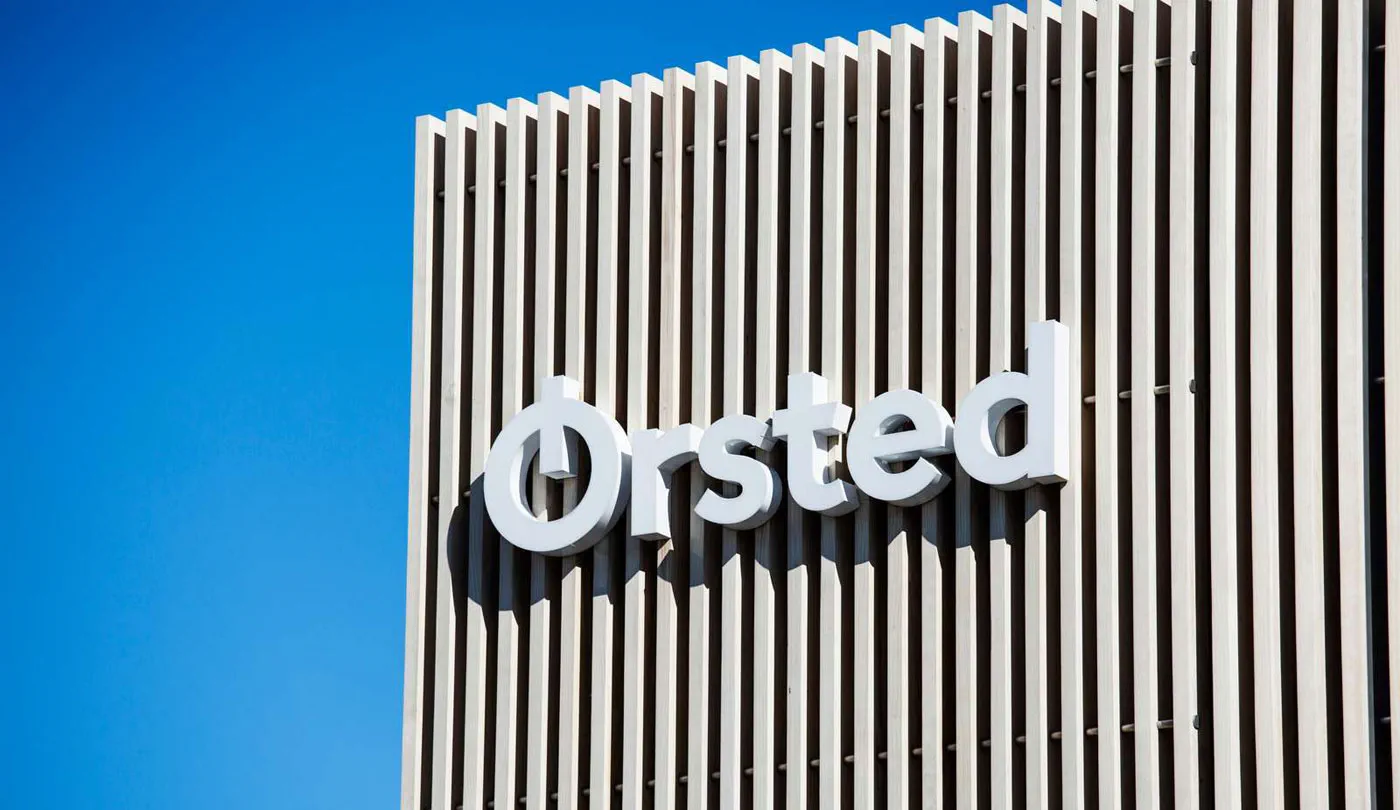
Orsted does not rule out Chinese turbine technology. (Photo: Orsted)
China’s low-cost wind turbines are moving into Europe, raising concerns among local companies. Ørsted, the world's largest offshore wind developer, has also indicated that it may consider importing turbines or technology from China in the future, which could deepen European companies' fears of Chinese market encroachment.
Chinese companies expand into Europe with low-cost strategies
Chinese company Mingyang Smart Energy recently announced a cooperation agreement with Italian energy company Renexia and the Italian Ministry of Industry to establish a turbine manufacturing plant in Italy. Earlier in July, Mingyang was also listed as a priority supplier by German clean energy asset company Luxcara, potentially marking the first instance of European offshore wind farms using Chinese turbines, which has raised concerns from the German government.
Ørsted CEO Mads Nipper stated on August 15th that the company is closely monitoring developments in Germany and Italy regarding the potential use of Chinese turbines. He noted, “We evaluate on an ongoing basis, what are technologically, commercially and regulatory, the right solutions.”
Nipper revealed that Ørsted is using some Chinese-made steel and components in its projects, but not turbines. He added that "I've previously said I think it is unlikely that (Chinese turbines) would become an integrated part of Western infrastructure. But that doesn't change our perspective that we have been and are following all technologies across."
EU investigates unfair competition by Chinese firms
Currently, the European wind turbine market is still dominated by Germany's Siemens Gamesa and Denmark's Vestas, with Chinese companies holding only a small share of the market. But concerns about Chinese companies dominating the wind power sector have prompted the EU to investigate whether these companies are engaging in unfair competition through state subsidies. WindEurope, the European wind energy association with 550 member companies, is worried that the European market may reach a critical point where it is dominated by Chinese companies.
WindEurope points out that Chinese manufacturers' prices are 40% to 50% lower than their European competitors, and they allow developers to delay payments. The association suspects that such pricing would not be possible without unfair subsidies.
Ørsted's open attitude towards using low-cost Chinese turbines might also indicate an opportunity to lower costs, especially as wind power developers have struggled with high interest rates in recent years. Ørsted has also faced recent setbacks, including delays in a major U.S. offshore wind project and withdrawal from a synthetic fuel project in Sweden, leading to an expanded loss for the second quarter and a significant drop in its stock price, which fell by over 9% on August 15th before closing with a 7.2% decline.
Source: Reuters(1)、(2)、Wind Power Monthly、Financial Times



